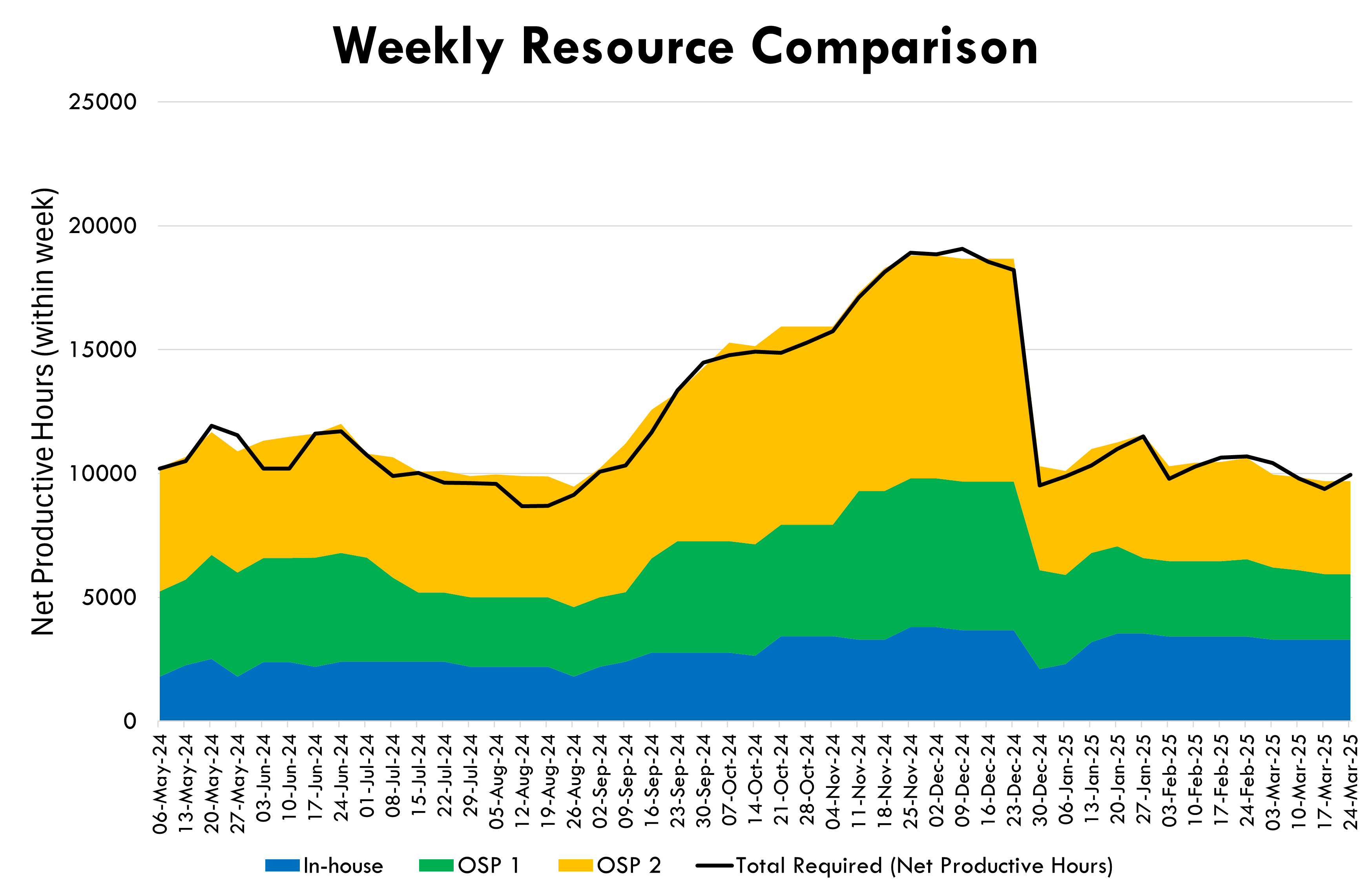In a previous article I discussed the advantages of comparing the accuracy of a live forecasting model with that of a simple model, such as a weighted average. This comparison helps quantify the added value of forecasting activity.
In my experience helping organisations improve the planning of Customer Operations, it is not uncommon for me to find established complex forecasting models that are strongly outperformed by a simple model.
But how could this happen? Here are five reasons that I’ve witnessed:
1️⃣ Poor model selection
Mainly due to a lack of knowledge within the business, the wrong model is chosen. Possibly a relationship with another variable has been assumed or misunderstood. Maybe lag effects have been ignored. It’s likely here that the live model hasn’t been rigorously tested.
2️⃣ Inaccurate inputs
I saw an example in a telco where inbound customer volumes were based on the number of new subscribers. Yet week after week, the new subscribers were significantly below Marketing’s forecast. Marketing chose not to change their new subscriber forecast, despite all the evidence, leading to considerable bias in the resulting customer volume forecasts.
3️⃣ Management judgement increasing error
This is where operational leaders have insisted that certain methods, parameters or ratios are used, even when this is not what recent data suggests, overriding the forecast analyst. Also, management may inflate forecasts to create buffer, increasing error.
4️⃣ Infrequent updates
I saw a complex model in a large contact centre whose parameters were not updated very frequently. As a result, forecasts weren’t taking into account the most recent actual observations. The organisation was therefore making its resource plans based on inaccurate forecasts.
5️⃣ Lack of visual checks
Without visualisations to review complex forecasts, I’ve seen glaring issues go unnoticed. Well-defined charts can highlight many opportunities to improve accuracy.
📌 NOTE: I’m not asserting that simple models outperform complex ones as a general rule. In fact, I’ve deployed many complex models with success. But a good rule is to start forecasting with a simple model, and then only add complexity if it clearly provides benefit.
👀 Effective forecasting and planning within Customer Operations can drive huge commercial benefits: boosting revenue, reducing cost and maintaining employee satisfaction.
* * *
At Atlantic Insight, our mission is to help Customer Operations achieve sustained improvements in operational effectiveness and customer engagement. We would be delighted to partner with you to improve performance. To start a conversation, please email us at hello@atlanticinsight.com, or call us on +44 (0) 161 438 2009
Philip Stubbs is Partner of Atlantic Insight, and has over 25 years’ experience of improving performance within operational areas within a wide range of industries.




